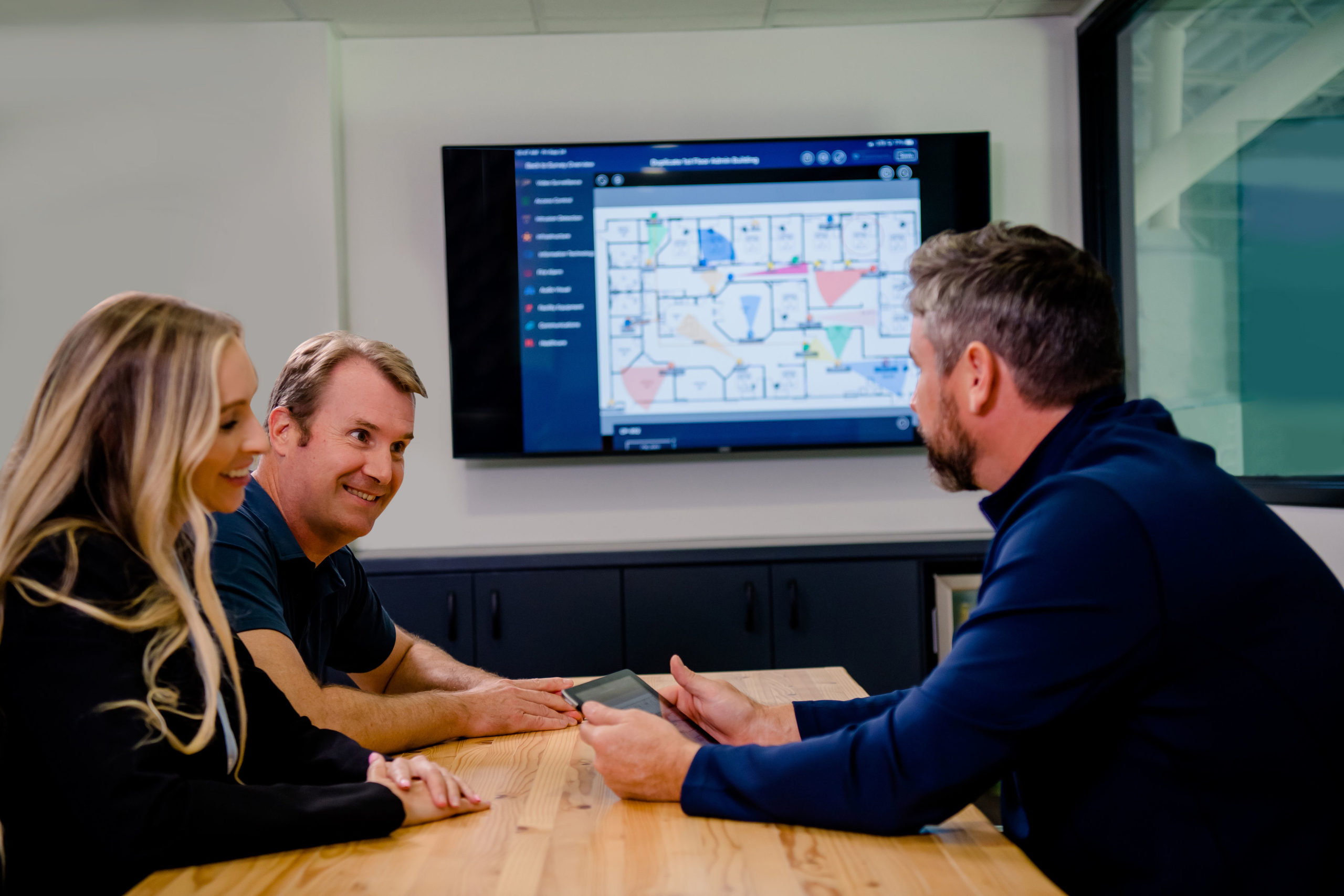At System Surveyor, we aren’t the experts at security camera system design.
That may not seem like the strongest way to sell our platform, but it’s the truth.
In all seriousness, the users in our community (and the security professionals and system integrators that ought to join it) are the real pros. We leverage our expertise and work with the best video surveillance pros in the business to build powerful tools that help you design and deliver the best surveillance solutions.
As we’ve worked with hundreds of security professionals, we’ve identified 5 best practices that our community uses when designing security camera systems. We’ll share all five with you below—along with how System Surveyor can help you execute them more efficiently, accurately and innovatively.
Practice #1: The Site Walk
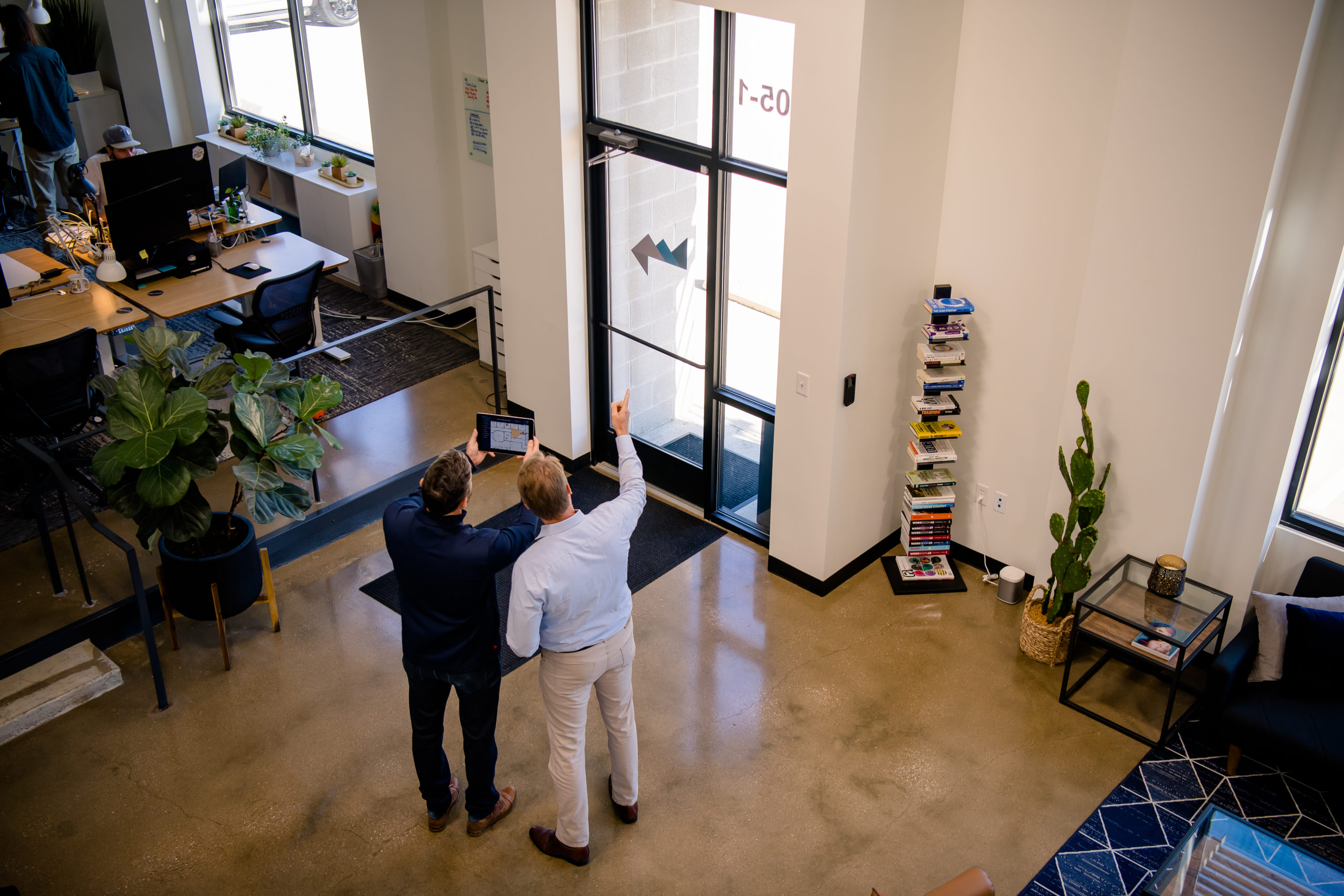
Whether you’re able to walk the space in person or limited to a virtual site walk, completing a thorough site walk is far and away the most important practice that professional system integrators and installers follow. A site walk or site survey is where you gather all of the customer or stakeholder requirements which are essential for an accurate system design.
Standard practice during a site walk is to take plenty of pictures. Pictures are worth a thousand words, after all, and they make a big difference for those who help to design and select the different types of security cameras that go into your surveillance
Taking pictures during the site walk is a great strategy, but other aspects of standard practice need updating. It’s common for system integrators to cobble those photos together with handwritten notes and sketches. These handwritten elements are often inaccurate, easy to lose, and hard to decipher hours, days or weeks later.
If you’re still relying on handwritten notes and sketches or even what you’ll remember in your head, there’s a better way.
To make the most of your site walk (and the many steps that follow), you’ll need to secure a floorplan or other digital map of the site. If you can’t access a floorplan, then a fire escape plan is another quality option. Even satellite imagery from Google Maps can help if you can’t access anything else. (System Surveyor gives you the ability to pull up Google Maps directly within the app and can auto-set scale based on that data).
Once you have a digital map of some kind, import it into a digital system design platform like System Surveyor, which becomes your central hub for all site survey data. With System Surveyor, you’ll be able to take notes, make comments for others and keep track of the attributes of each device that you plan to use on your site survey. Before you leave the site walk, you’ll be able to securely synchronize it to the cloud so you or your colleagues can access it from any web browser to keep the process moving.
Practice #2: Setting the Scale
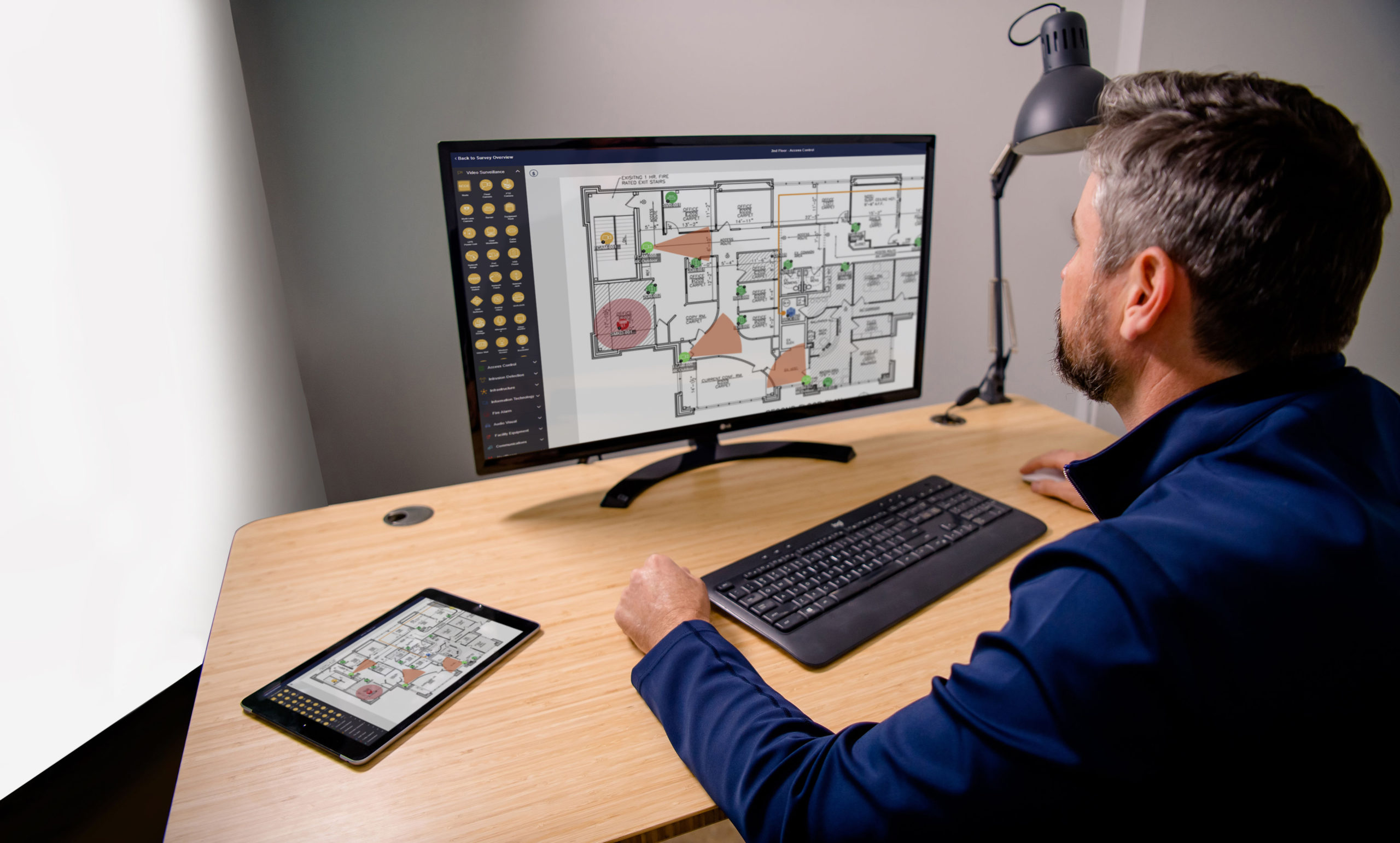
Our second professional practice is setting the scale, something that’s notoriously challenging for integrators to do accurately if they’re using pen and paper to detail their projects.
Why is setting scale so important when designing a security system? Because accurate scale is critical for determining the area of coverage and the capabilities of any given security camera and camera location.
You already know, for example, the angles and distances that various CCTV cameras can cover (since this information is available in each camera’s specifications). But if you’re working from a non-scale representation of a building, you won’t know for sure that those angles and distances match real-world needs.
Without proper scale, you may struggle to identify proper camera locations or end up with unforeseen blind spots in your video surveillance system, leading to physical security issues and costly fixes. The scale will help you determine the distance, resolution and other needs to support your customer’s desired application need from person recognition to new analytics applications.
Ideally, you’d have access to a professional, updated floor plan – but we know that can often be elusive to get your hands on. Digital tools are making it easier to be creative to capture a floor plan or digital map. As an example, System Surveyor helps you gather a digital floor plan by importing a JPG, PDF or PNG (in fact you can convert a .DWG into PDF to import it) and set the scale based upon a measurement that you know, for example a door width. There are other options too such as capturing a picture of a floor plan or leveraging Google Maps and auto-scaling. Suffice it to say, there are many ways to get started and set the scale quickly and easily.
Practice #3: Applying the Right Camera and Associated Technologies
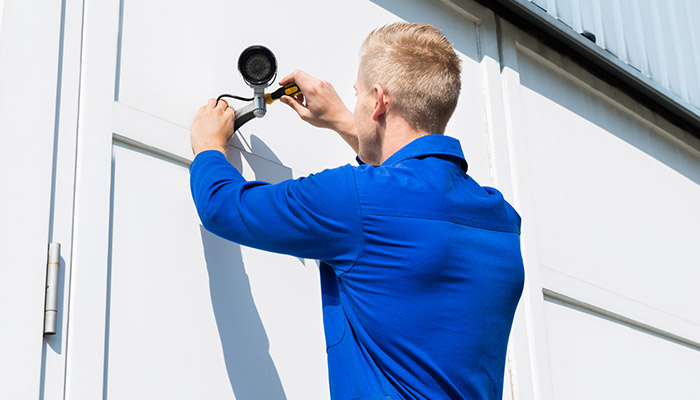
Next up is knowing which camera types make the most sense for a given security camera system. There are multiple categories of camera to consider, each with its own set of ideal use cases as well as pros and cons.
Fixed cameras, PTZ cameras (pan tilt zoom), multi-lens cameras, and fisheye cameras all have their places and their own security purposes, and it’s not our place to tell security professionals what to use where. Just like with any technology, the most important thing is to understand what the client organization or stakeholder is trying to accomplish and solve for.
One consistent practice we see among security pros who use our platform is this: they take the time to plan out which camera types go where based on their client’s specific needs, and they have data and reasoning to back up those decisions when clients press for more information.
A digital tool like System Surveyor makes it easier than ever to visualize and calculate the right camera for the application. See what our CameraAdvisor™ tool can do to help you get the right camera in the right location, every time.
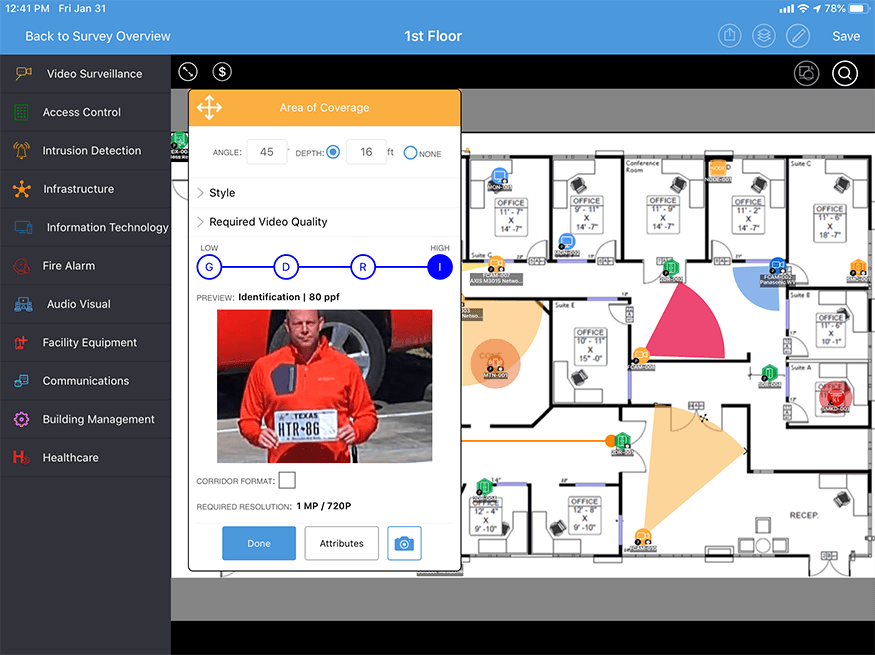
With this digital tool, you’ll use the digital floor plan set to scale, drag and drop a camera and select between different desired resolutions from general resolution up to high identification resolution. It does not stop there either; after the right camera type is determined, you can select from brands that meet that specification by using Element Profiles. See a video to get the idea of CameraAdvisor’s simplicity and intelligence.
Also, don’t forget everything else that’s necessary design a complete video surveillance system. You’ll typically need to account for cabling, NVRs, cloud storage, network or internet connections, and so forth — yet not every camera and camera type has the same set of technology needs. As you design a video surveillance system, be sure to plan for all the supporting technology needed for each camera and avoid over-implementing with tech that isn’t needed. This is where a simple pixel calculator misses the mark; you’ll need a digital tool that can take into account all aspects of designing the solution. As an example, check out a video how to do cabling and share this visual plan and bill of materials with your client.
Practice #4: Collaborating with Customers, Partners, and Manufacturers
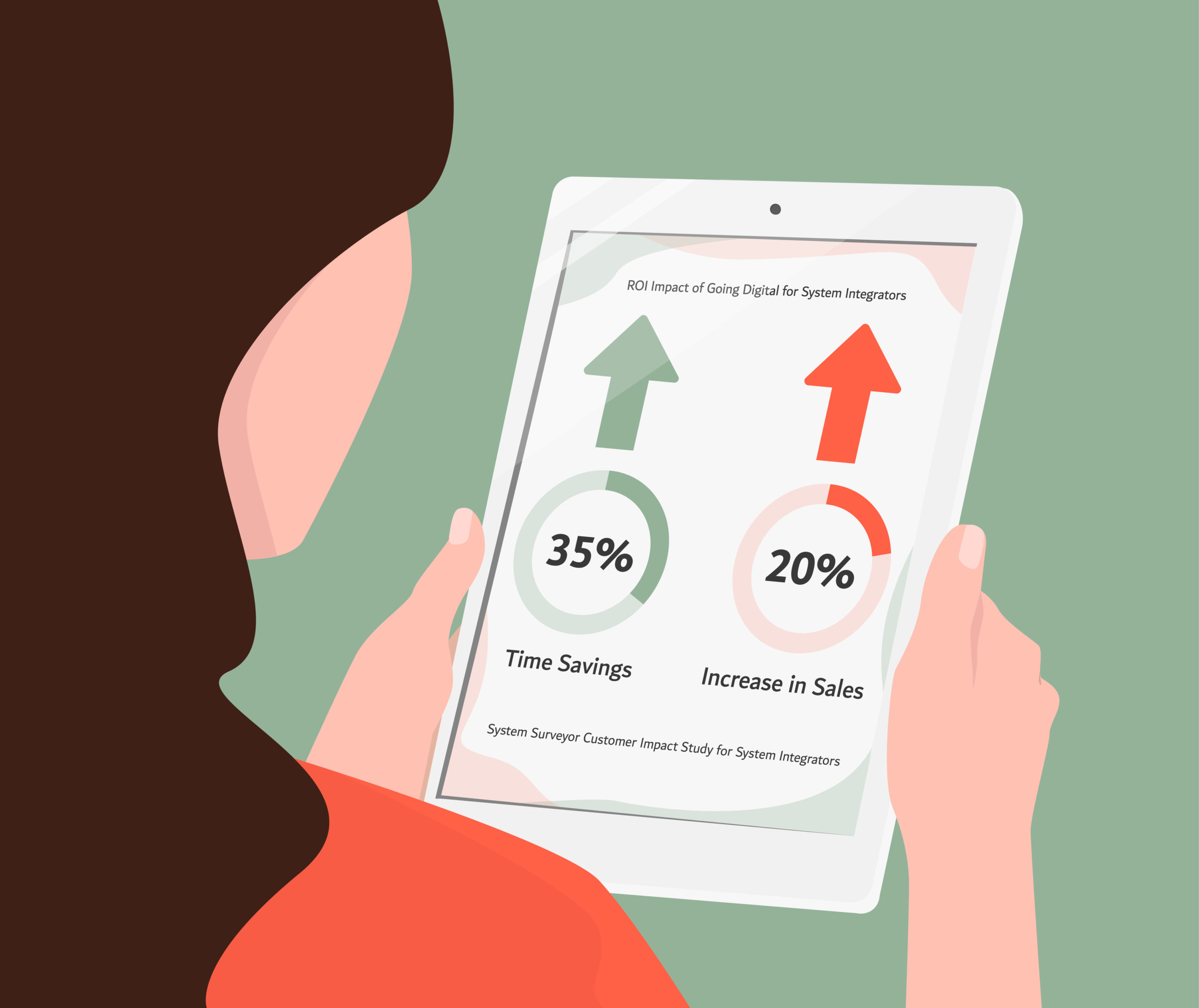
Our fourth professional practice, collaboration, is a vital one. The way that integrators and security professionals are designing security systems is changing, with ever-growing possibilities and even demands for collaboration leading the way.
Increased collaboration can improve outcomes across the spectrum, saving time and expense, providing better buy-in and more cohesive design, and keeping all parties up to date on rapidly changing technology. Integrators who adopt a secure collaboration platform are saving 35% of time on the process and improving their sales win rates by 20%. Download our Customer Impact Study for System Integrators for additional insights.
Collaborating with Customers
In the days of pen and paper system design, system integrators were limited in how much they could collaborate with clients and customers, regardless of desire or expectations surrounding that collaboration.
But more and more, customers want and need a greater level of collaboration in the design process. And even when they don’t know they want it, they almost universally respond positively to collaboration (at least when system integrators use the appropriate tools).
In the age of the internet, customers tend to be more demanding that their security systems perform at optimal levels. It’s easier than ever to complain when this isn’t the case, too.
By using a collaborative system design platform, system integrators can invite their customers and leads to see and even modify system designs in real time, giving customers unparalleled transparency and insight into the design process. Moreover, the client can share the designs visually with the decision-makers who have the budget to help them see what the investment will do for them. The corporate and campus security leader has responsibility to meet risk compliance by identifying the technology they have and identifying and budgeting for the technology they need to get there, sometimes in phases. If you can be more visually consultative in this process, then they will work with you for the long term on many ongoing projects.
Moving to a platform like System Surveyor is transformative for system integrators and their customers alike, and something you must see to believe. As a system integrator, you bring the expertise. We simply provide a better set of tools, a modern, impressively powerful platform that empowers you to create with greater accuracy and collaborate like never before. In fact, some integrators and corporate or campus security leaders are in these collaboration platforms together on a daily basis jointly working on solutions – leaving insecure email and paper behind. (Download our Customer Impact Study to find out how corporate and campus security leaders have benefited from using a collaboration platform.)
Collaborate with Partners and Manufacturers
Another crucial aspect of collaboration is working with partners and device manufacturers to keep up to date on the latest developments in physical security. New technology in this space (like AI-powered cameras and cloud-based surveillance) is coming quickly and in some cases already here, and it’s difficult for most to independently stay up to speed on every new development.
Your preferred partners and manufacturers are an excellent resource here: they know the new products they’re releasing and can advise you on the best use cases for new devices and device types. When something different comes along, they can train you in how to use and install the new device. It is in their best interest and yours to be communicating effectively.
It’s a bit like the coming wave of electric vehicles. Everyday folks don’t understand the underlying technologies as well as they might for gas-powered vehicles. Even some professional mechanics are out of their element. There’s a knowledge gap that needs to be filled.
The same thing can happen with new devices and new technology developments in physical security. Sometimes as a system integrator, you need to go to the manufacturer and walk through how a new technology works so that you can keep current
No matter your level of experience in the field, be sure to have these conversations with your manufacturing partners regularly.
Here as well, a platform like System Surveyor is a powerful partner. Get on a Zoom with your manufacturer partner and show them the design in System Surveyor or invite them as a Guest for a quick collaboration. They can advise on placement, the best camera for the job and other considerations. It is also important to consider security of the designs. When you’re working on real-world implementations, you’re dealing with someone’s sensitive information. Emailing around sensitive PDFs is inherently insecure. Keeping all that information in a secure cloud platform like System Surveyor is a significant step up in terms of digital security.
Practice #5: Streamlining Budget Estimation and Automating the Bill of Materials
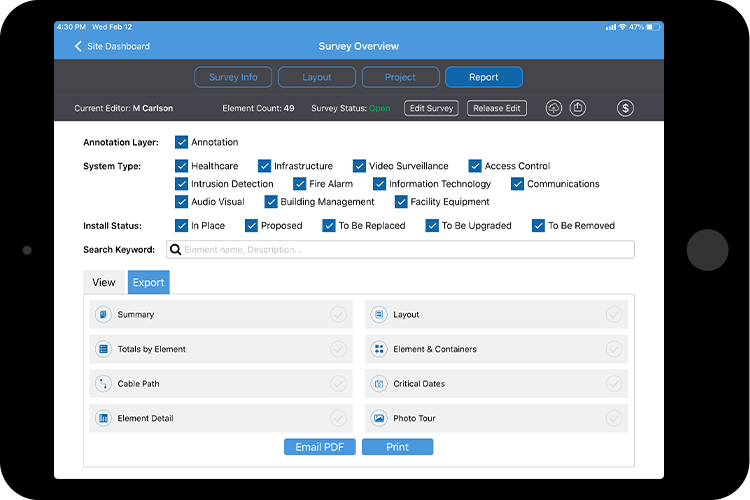
Last, wherever possible, improve your consultative budgeting estimating capabilities with the customer. We’ve all heard that being a “trusted advisor” is where you can provide the real value to your customers. That is why they seek integrator help, ideally not just to procure products.
What if you could make real-time, visual trade-offs with a customer during the system design process — and have those changes automatically appear in the budget estimate? You can, but not with a paper design process. With System Surveyor, you can load list prices and labor costs into the platform and as you drag and drop the cameras and technology onto the floor plan interactively, the budget range can be displayed. If your customer says they have $30k to spend give or take, you’ll help them make tradeoffs in real-time. Priceless! Watch a video to get the idea. This is an area that not only helps your team look more professional, it streamlines the next step in the process.
When you have a design and budget generally blessed or confirmed by your client before leaving the site, you’re saving significant time and can expect a faster decision. In fact, the client may not bid out the job. They know who their best solution provider is. This can’t be understated but it does take some prework so that you can do this time and again without a lot of customization. As they say, wash, rinse, repeat…
The other related aspect is automating the Bill of Materials (BOM). Guess what? As you’ve been dragging and dropping cameras, cabling, NVRs and more during the design process and selecting cameras, you’ve already taken a huge step in preparing the BOM when the customer is ready to buy. The team may need to do some adjustments and review and then export for the client and to your ERP or other systems and streamline the process. Remember, speed is king, and with supply chain demands, it is even more important to get time to market improvements where you can.
System Surveyor helps system integrators and their customers visually estimate costs. And once the client signs off on the design, the automated bill of materials tells system integrators exactly what to buy so they can deliver and execute. That’s the power of System Surveyor.
So, to sum it up – this is a great opportunity to use your expertise along with a modern digital system design platform to take things to the next level. This combination is the foundation to success. Embracing secure collaboration and a visual co-design process will pay big dividends. Curious how you compare to the industry? Use our ROI calculator to find out.
Ready to see more of how System Surveyor can transform your security system design workflow? Request a demo now!
